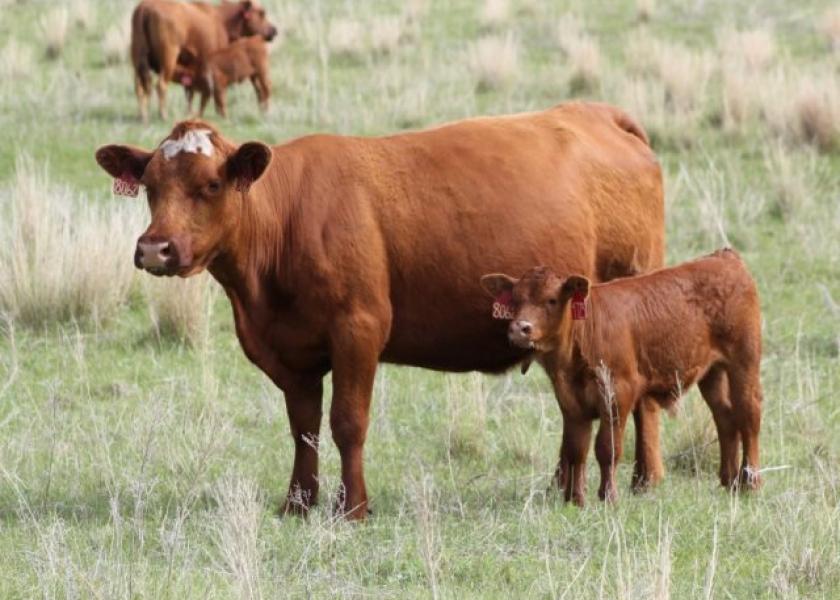Breeding Herd Vaccination Plans

A critical component of herd health is a breeding herd vaccination strategy. Unfortunately, there is no one-size-fits-all vaccination plan. Producers should work closely with their veterinarian to design an approach to meet specific needs. This plan will be based on factors such as animal immune status, disease risk, biosecurity, and management availability. The best vaccine options will be those that provide protective immune coverage for diseases of concern balanced with a defined management timeline and expense.
Producers and their veterinarians should consider many elements when designing a plan. Some of the elements to consider include: biosecurity practices, risk of disease, the agents a vaccine should cover, the use of killed or modified vaccine, booster requirements, inherent risks, vaccine schedule and timing, vaccine cost, and handling and administration techniques. The current vaccination status of your herd and your planned timing of administration will determine whether killed or modified-live vaccine is the best. Pregnancy status will also factor into vaccine choice.
Vaccine coverage may include diseases such as infectious bovine rhinotracheitis (IBR), bovine parainfluenza virus, bovine respiratory syncytial virus, bovine viral diarrhea virus, clostridial organisms (commonly referred to as blackleg and tetanus), leptospirosis, and others.
Each class of breeding animals may have a different vaccination protocol: heifers vs. previously vaccinated cows vs. cows with unknown vaccination status vs. bulls. Many producers will spend a great deal of time focusing on female vaccination protocols in their breeding programs, but bulls should not be forgotten, especially if they are new introductions to the herd. Customizing a vaccination protocol specific to individual groups in your program is always best.
Vaccinations selected for females should focus on diseases potentially impacting the individual, such as agents causing abortions and respiratory disease. Additionally, cows and heifers should be adequately vaccinated with strong immune systems to deliver a high concentration of colostral antibodies to their calves.
In general, all breeding animals should be vaccinated at least annually to cover the diseases of concern for your program and area. Vaccinations administered prior to breeding season should be completed at least 30 days prior to avoid vaccine induced stress or complications that could impact fertility.







